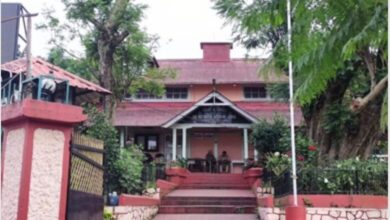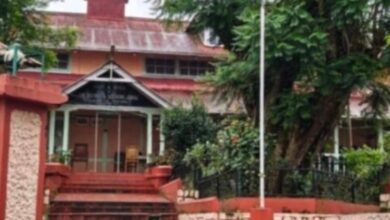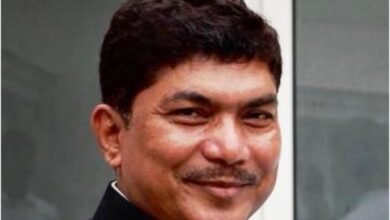
Editor,
The East Khasi Hills district administration’s directive to register landlords, tenants, and village authorities on the Meghalaya Residents Safety and Security Act (MRSSA) portal ostensibly aims to address unrest regarding the influx of outsiders into the state and regulate their stay. However, whether this measure will succeed remains uncertain. A similar system already exists, wherein residents report tenants to their respective Dorbar Shnongs, but it has not effectively addressed the underlying issues. The current move appears to be a reiteration of the earlier approach—essentially “old wine in a new bottle’—seemingly intended to quell recurring protests demanding measures like the Inner Line Permit (ILP).
The concept of registration itself ties into the broader philosophical notion that “everything returns to its root”. This cyclical principle is deeply embedded in various traditions, particularly in the ancient teachings of this land, where the return to origin represents unity and continuity.
This resonates intriguingly with the northeastern region’s historical trajectory. Before Lord Curzon’s partition of Bengal in 1905, the region was part of undivided Assam – which was carved out of undivided Bengal under undivided India. With measures like tenant registration and demographic controls, are we, metaphorically, witnessing a return to that undivided Bengal? Such moves could be seen as efforts to prevent demographic shifts, particularly due to the steady infiltration of people from Bangladesh. But in the process, do they echo a deeper, almost inevitable pull toward the historical unity of the region?
The infiltration of people from Bangladesh into northeastern India, particularly Assam and Meghalaya—carved out of Assam—has long been a contentious issue. While it may not signify an outright political reunification, some voices in Bangladesh argue that migration is steering the region toward a “Greater Bangladesh”, altering the demographic and cultural balance. These changes evoke concerns about the erosion of indigenous identity and heritage.
Interestingly, this metaphorical “return to roots” aligns conceptually with Newton’s First Law of Motion. Newton’s law posits that an object will remain at rest or in uniform motion unless acted upon by an external force. While the law pertains to the physical realm, its philosophical implication mirrors the return to origin: systems or entities maintain their state unless external forces act decisively to alter them.
In this context, northeastern India’s challenges with demographic shifts and cultural identity preservation can be seen as an interplay of forces—where the external influence of migration may push the region toward a symbolic or demographic reunification akin to undivided Bengal. The tension lies in the push and pull of retaining distinct regional identities while grappling with the forces of historical continuity, cultural integration, and political dynamics.
This return to roots, both metaphorical and literal, raises profound questions. Is the North East merely defending against demographic changes, or is it unwittingly following a path charted by historical unity? Could this cycle of measures to regulate and preserve identity reflect the inexorable pull of historical and cultural forces—a phenomenon where the present echoes the past, much like an object in motion returning to its origin?
Yours etc.,
A concerned citizen




